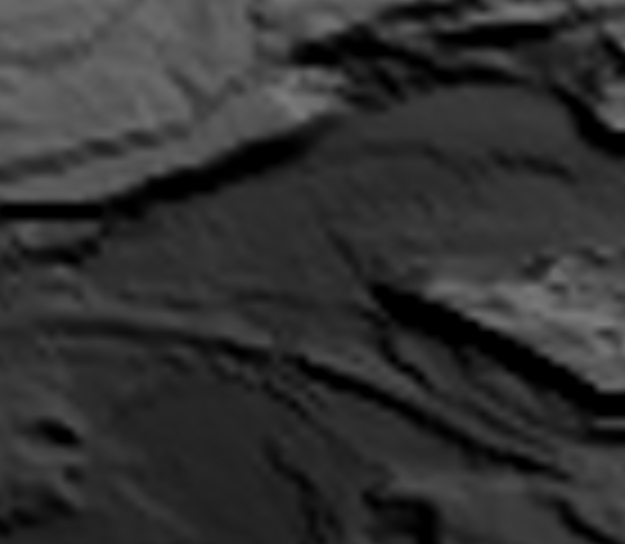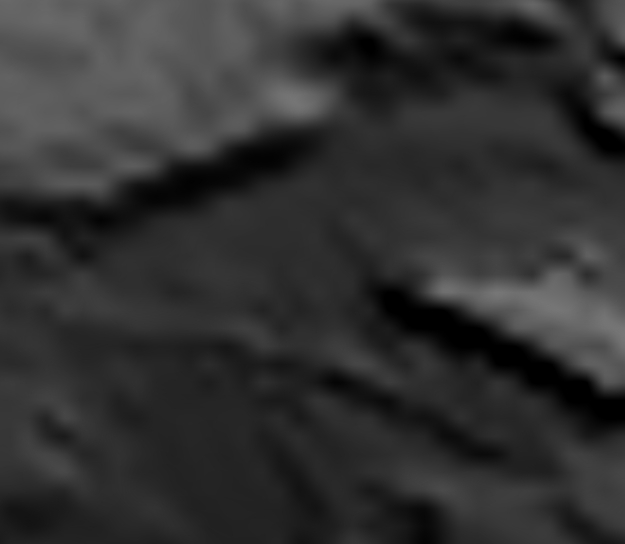Filters: Types: OGC WFS Layer (X)
Folders: ROOT > ScienceBase Catalog > USGS Collections ( Show direct descendants )
9 results (12ms)
Location
Folder
ROOT _ScienceBase Catalog __USGS Collections Filters
Date Range
Types Contacts
Categories Tag Types Tag Schemes |
This suite of datasets consists of phenology data on over 1000 species of plants and animals (2009-present) and data on lilacs and honeysuckles (1956-present), across the United States. The data were collected by citizen and professional observers, and archived and distributed by the USA National Phenology Network (www.usanpn.org). Protocols are available in Denny et al, 2014 and datum is WGS84. This collection represents a suite of three data products: 1) Status and Intensity Data (phenophase status records of presence or absence of the phenophase, as well as information about the intensity with which the phenophase was expressed for each individual plant or species of animal at a site, on each visit by an observer),...
Types: Citation,
Map Service,
OGC WFS Layer,
OGC WMS Layer,
OGC WMS Service;
Tags: USGS Science Data Catalog (SDC),
ecology,
phenology
The USA National Phenology Network has available a series of gridded products enabling researchers to analyze daily Accumulated Growing Degree Days (AGDD) from 2016 through the current year. Heat accumulation is commonly used as a way of predicting the timing of phenological transitions in plants and animals. Products generated by the USA-NPN begin accumulation on January 1 and use either a 32F or 50F base temperature.

This is a tiled collection of the 3D Elevation Program (3DEP) and is 1 arc-second (approximately 30 m) resolution. The elevations in this Digital Elevation Model (DEM) represent the topographic bare-earth surface. The 3DEP data holdings serve as the elevation layer of The National Map, and provide foundational elevation information for earth science studies and mapping applications in the United States. Scientists and resource managers use 3DEP data for hydrologic modeling, resource monitoring, mapping and visualization, and many other applications.. The seamless 1 arc-second DEM layers are derived from diverse source data that are processed to a common coordinate system and unit of vertical measure. These data...
Types: Citation,
Map Service,
OGC WFS Layer,
OGC WMS Layer,
OGC WMS Service;
Tags: 1-Degree DEM,
3D Elevation Program,
3DEP,
Bare Earth,
Cartography,

This is a tiled collection of the 3D Elevation Program (3DEP) and is 2 arc-second (approximately 60 m) resolution covering Alaska. The elevations in this Digital Elevation Model (DEM) represent the topographic bare-earth surface. The 3DEP data holdings serve as the elevation layer of The National Map, and provide foundational elevation information for earth science studies and mapping applications in the United States. Scientists and resource managers use 3DEP data for hydrologic modeling, resource monitoring, mapping and visualization, and many other applications. The seamless 2 arc-second DEM layers are derived from diverse source data that are processed to a common coordinate system and unit of vertical measure....
Types: Citation,
Map Service,
OGC WFS Layer,
OGC WMS Layer,
OGC WMS Service;
Tags: 1-degree DEM,
2 arc-second DEM,
3DEP,
Bare Earth,
Cartography,
This dataset contains the supplemental information for the article "Oklahoma experiences largest earthquake during ongoing regional wastewater injection hazard mitigation efforts" published in Geophysical Research Letters (Yeck and others, 2017). Included is a table of relocated earthquake hypocenters and the velocity model used in the event relocations. These locations form the basis of the analysis presented in the article.
Categories: Data;
Types: Map Service,
OGC WFS Layer,
OGC WMS Layer,
OGC WMS Service;
Tags: Pawnee, Oklahoma,
USGS,
USGS Science Data Catalog (SDC),
United States,
earth science,
The dataset is comprised of leafing and flowering data collected across the continental United States from 1956 to 2014 for purple common lilac ( Syringa vulgaris), a cloned lilac cultivar (S. x chinensis ‘Red Rothomagensis’) and two cloned honeysuckle cultivars ( Lonicera tartarica ‘Arnold Red’ and L. korolkowii ‘Zabeli’). Applications of this rich legacy dataset range from detecting regional weather patterns to understanding the impacts of global climate change on the onset of spring at the national scale. While minor changes in methods have occurred over time, and some documentation is lacking, the dataset has proven robust in combination with climatic data for detecting spatio-temporal changes in the onset...
Categories: Data;
Types: Map Service,
OGC WFS Layer,
OGC WMS Layer,
OGC WMS Service;
Tags: USGS Science Data Catalog (SDC),
landingPage,
onset of spring,
phenology
This dataset combines the work of several different projects to create a seamless data set for the contiguous United States. Data from four regional Gap Analysis Projects and the LANDFIRE project were combined to make this dataset. In the northwestern United States (Idaho, Oregon, Montana, Washington and Wyoming) data in this map came from the Northwest Gap Analysis Project. In the southwestern United States (Colorado, Arizona, Nevada, New Mexico, and Utah) data used in this map came from the Southwest Gap Analysis Project. The data for Alabama, Florida, Georgia, Kentucky, North Carolina, South Carolina, Mississippi, Tennessee, and Virginia came from the Southeast Gap Analysis Project and the California data was...
The USA National Phenology Network has available a series of gridded products enabling researchers to analyze historical and contemporary data related to the Extended Spring Indices. The Extended Spring Indices are mathematical models that predict the "start of spring" (timing of leaf out or bloom for species active in early spring) at a particular location (Schwartz 1997, Schwartz et al. 2006, Schwartz et al. 2013). These models were constructed using historical observations of the timing of first leaf and first bloom in a cloned lilac cultivar (S. x chinensis 'Red Rothomagensis') and two cloned honeysuckle cultivars (Lonicera tatarica 'Arnold Red' and L. korolkowii 'Zabelii'). Primary inputs to the model are temperature...
Types: Citation,
Map Service,
OGC WFS Layer,
OGC WMS Layer,
OGC WMS Service;
Tags: ecology,
phenology
Gap Analysis Project (GAP) habitat maps are predictions of the spatial distribution of suitable environmental and land cover conditions within the United States for individual species. Mapped areas represent places where the environment is suitable for the species to occur (i.e. suitable to support one or more life history requirements for breeding, resting, or foraging), while areas not included in the map are those predicted to be unsuitable for the species. While the actual distributions of many species are likely to be habitat limited, suitable habitat will not always be occupied because of population dynamics and species interactions. Furthermore, these maps correspond to midscale characterizations of landscapes,...
Categories: Data,
Map;
Types: Map Service,
OGC WFS Layer,
OGC WMS Layer,
OGC WMS Service;
Tags: Biodiversity and Ecosystems Theme,
NGDA,
National Geospatial Data Asset,
USGS Science Data Catalog (SDC),
United States,
|

|